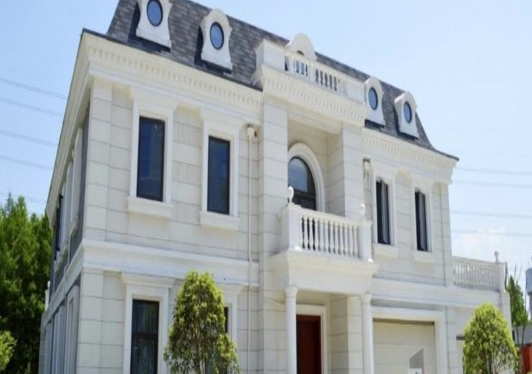The World Economic Forum: Future of Construction
The World Economic Forum, which was first held in The Swiss town of davos, is also known as "Davos Forum".
The World Economic Forum is an unofficial international body that studies and explores issues in the World economy and promotes international Economic cooperation and exchange. The headquarters is in Geneva, Switzerland. The forum aims to improve global conditions and affects more than 1,000 top companies in the global economy.
On Dec.6, “the Future of Construction Project” written by Boston Consulting Group was published on The World Economic Forum. Winsun 3D printing architecture was listed in it as an importance case. Here is the article:
A central platform to exchange best practices and ideas guiding the infrastructure and urban development industry in its transformation, and helping it to address its key challenges.
The construction industry has remained fundamentally unchanged throughout history: any vertical construction still requires workmen to add layers of building materials on top of each other. This approach is ill-suited to the modern age in three respects – it keeps productivity low, it is reliant heavily on the skills of individuals and it produces large amounts of waste, noise and dust.
Starting off as a building materials supplier, Yingchuang Building Technique (Shanghai) Co. Ltd, or Winsun as it is known, aims to revolutionize this approach using 3D printing technology.Having developed the first continuous 3D printer for construction, the company printed the first batch of 10 houses in 2013 – making global headlines. Using a special ink made of cement, sand and fibre, together with a proprietary additive, the printer adds layer by layer to print walls and other components in its factory in Suzhou (China). The walls are then assembled on site. Winsun is also behind the first 3D printed office building opened in Dubai in May 2016.
“If you do not believe it is possible, we will print a prototype.”
Ma Yihe, President and Chief Executive Officer
Using up to 50% demolition waste or mine tailings for its ink and producing zero waste, the technology is very environmental friendly. More impressive even is the impact on delivery time: construction of a two-story 1,100 sqm mansion took one day of printing, two days of assembly, with internal bar structures erected in advance, requiring three workmen only. The company has developed several prototypes that clients can visit outside its main factory including a six-storey apartment building, an affordable house, a wave-shaped house or an ancient-style traditional Chinese house – taking full advantage of the technology’s freedom of design. But Winsun has advanced beyond prototyping and has sold more than 100 houses to date.
Being a pioneer of 3D printing technology in construction, Winsun faces several barriers to scaling up its solution – skepticism from designers, project developers and owners, and lack of regulation.
Read the full case study to learn how Winsun has addressed these challenges and what other E&C companies could learn from its example.





